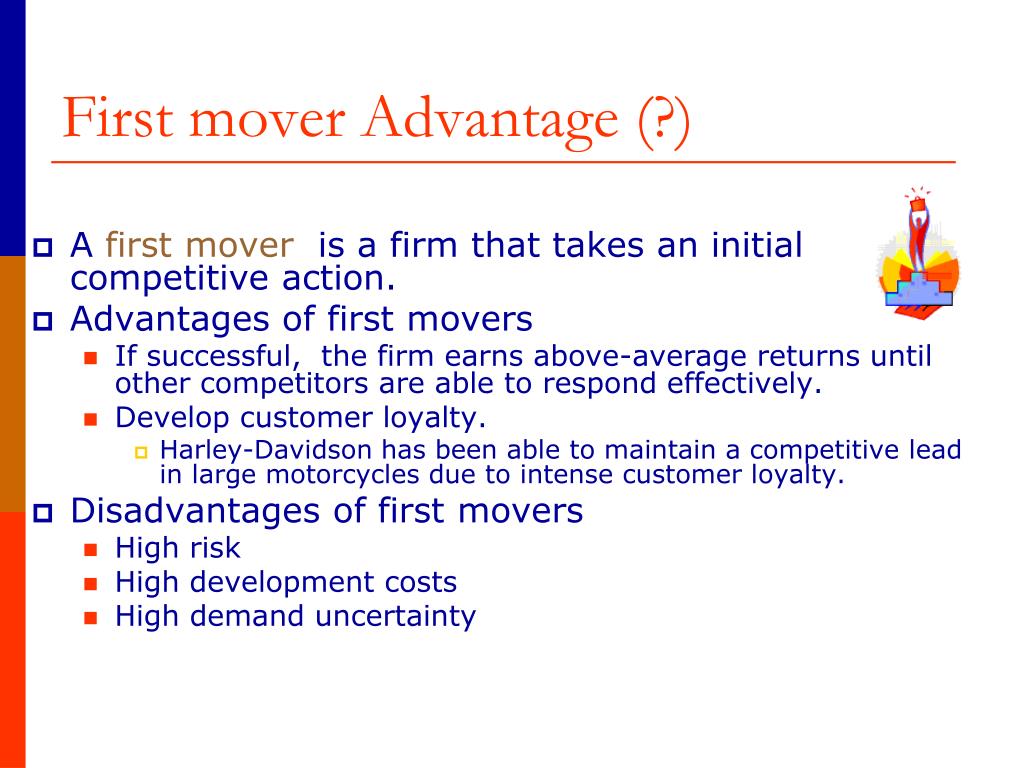

We performed a meta-analysis to determine whether the findings are in fact sensitive to the methods used. That is, it is suggested that because of the methods used, these tests show the relationship only for certain subsets of firms, markets, and types of performance. Recently, researchers have begun to argue that the statistical tests that support this relationship are limited in their applicability. Higher level of trust between various stakeholders of ecosystem contributes to sharing, collaboration, dissemination of information and innovation.Ī long-standing hypothesis is that firms that enter a market early (“first movers”) tend to have higher performance than their followers (“first-mover advantage”).

Having multiple intermediaries enables users to choose whom they believe to be able to provide higher quality products and services. Moreover, we suggest that regulators should aim to create ecosystems where more intermediaries could emerge and compete with each other. We argue that innovation thrives in more flexible regulatory environments, which pose less restrictions and are able to swiftly adjust to the changing needs of technological evolution. Such stakeholders and their interests may vary depending on their geographical location or the market in which they are operating. In designing a trust-based innovation ecosystem, it is first of all important to identify the relevant stakeholders and their main interests. In more complex societies, trusting one’s neighbor (intermediary) is one of the major factors that minimizes risk and facilitates communication through neighbors (intermediaries). Accumulation of trust between members of a society (a kind of social capital) significantly contributes to sharing of ideas and enhances cooperation. The degree of trust evolves over time and is based on the experience between the communicating parties. Mutual trust is a complex phenomenon involving multiple stages of cognitive decisions between a trustor and a trustee. We begin this chapter by offering a brief exposition of the notions of social capital and mutual trust. Moreover, we submit that in the age of networked societies, dissemination of ideas could be facilitated by creating a trust-based ecosystem with different incentives for various kinds of intermediaries to emerge and compete with each other and making sure that users are actually able to choose through which intermediary information should be accessed or disseminated. While it is true, that IP rights provide for a much-needed tool to protect creative ideas, we argue that a much more important policy objective is to facilitate the dissemination of ideas in the society. What are the key factors that facilitate innovation and creativity? This chapter begins by challenging the traditional emphasis on IP rights as an incentive to creators to innovate. The example of Ocado and Marks and Spencer retailers is used to illustrate how this dynamic works. We also apply institutional theory to comprehend the isomorphic mechanism through which other organizations within the same field replicate this behaviour, engaging themselves in their own responsible innovation for food production and argue that this is the best course of action to respond to these pressures. We propose a conceptual model using social movement theory to understand why private companies embrace grand challenges following a societal change in public expectations towards food-related businesses. In this paper, we look for the reasons private organizations invest significant resources in tackling a grand challenge, such as food production that is linked to the commitment to eradicate hunger and why this is often done through responsible innovation. Private companies have increasingly sought to invest in responsible innovation, in many cases focusing in dealing with grand challenges, the ambitious objectives that are essential for the sustainable development of humankind.


 0 kommentar(er)
0 kommentar(er)
